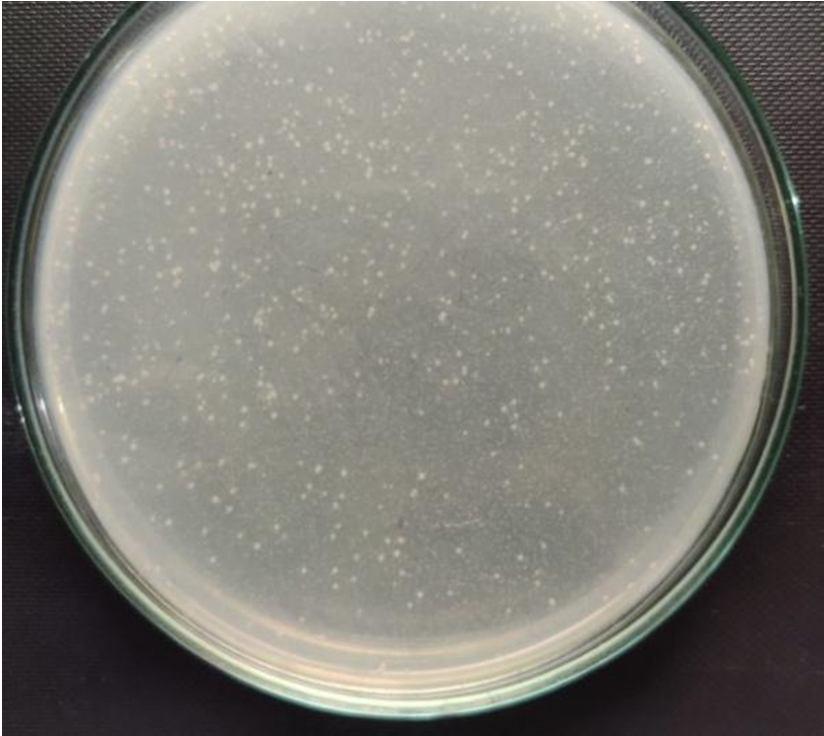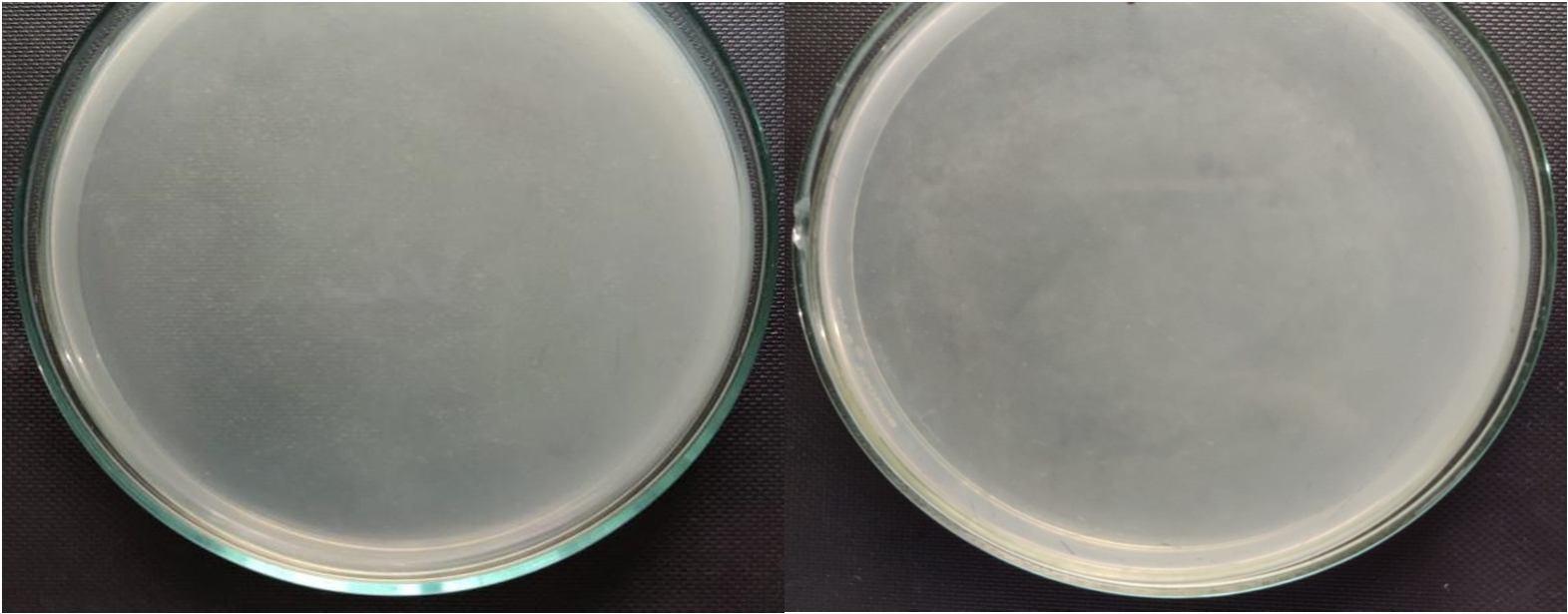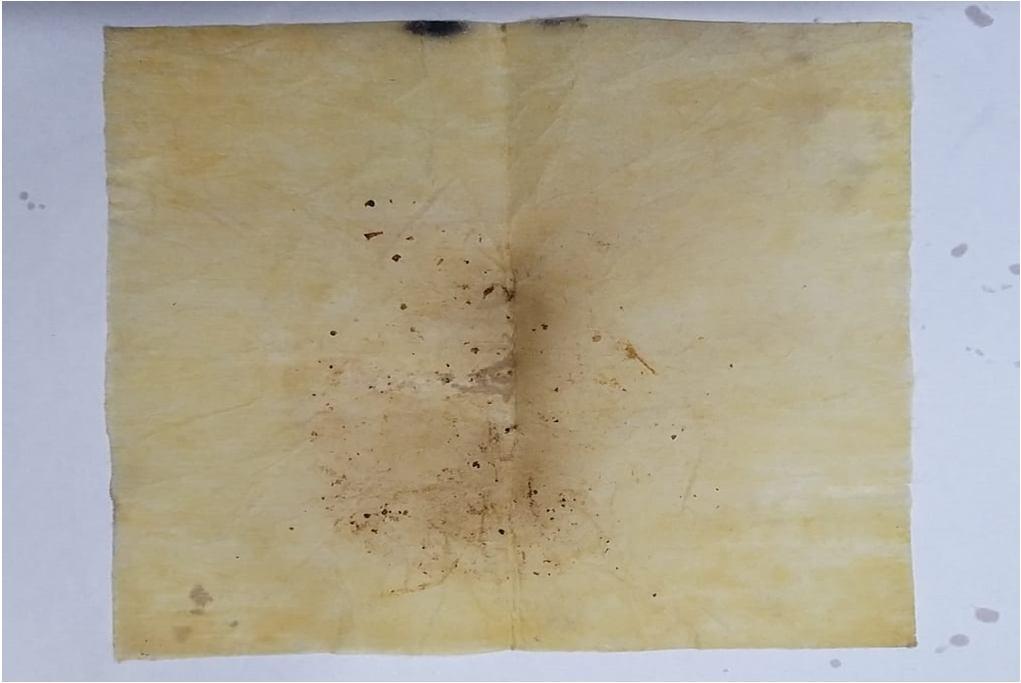
ISSN: 2321-9653; IC Value: 45.98; SJ Impact Factor: 7.538 Volume 10 Issue XII Dec 2022- Available at www.ijraset.com



ISSN: 2321-9653; IC Value: 45.98; SJ Impact Factor: 7.538 Volume 10 Issue XII Dec 2022- Available at www.ijraset.com

Nagendra J1 , Akhil Suresh2 , Aswin S M3 , Jubal C Bavan4 , Keerthan R5
1Associate. Prof. New Horizon College of Engineering Department of Mechanical Engineering 2, 3, 4Students of New Horizon College of Engineering Department of Mechanical Engineering
Abstract: Cutting fluids has greater significance in manufacturing processes to ensure work-piece quality, to reduce tool wear, and to improve process productivity. The specific chemical composition of an applied coolant should be strongly dependent on the scope of application. Even small changes such as presence of microorganisms such as Staphylococcus, Streptococcus, Pseudomonas, Alcaligenes etc. can influence the performance of cutting fluid and introduce risk of various skin diseases to the operator in the manufacturing processes considerably. In this project the antibacterial coating is brought into use by coating a thin layer of silver nano particles on a polypropylene filtration membrane. A coated and non-coated membrane was placed separately on the cutting fluid sump of a vertical milling machine. 10litres of cutting fluid with a Servo cut Soil content of 5% and distilled water with a concentration of 95% were used in the machine while a milling process was carried out. Then a sample of cutting fluid (about 250mL) was taken from the tank and preserved for testing purposes after passing through the filter membranes. On the same cutting fluid, the machine was run for another two days, and a third sample was taken at the end of the fourth day. The samples collected were tested at Azyme Biosciences Pvt Ltd for bacterial count (CFU/ml) and the results showed that the CFU/ ml in the sample filtered through the non-coated polypropylene filtration membrane was higher than in the sample filtered via coated polypropylene filtration membrane.
Keywords: prevention of fire damage, smoke sensors, fire extinguisher, Arduino board, temperature sensors
Synthetic compounds are utilized in antibacterial coatings to keep contaminations from developing. In the most natural sounding way for layman, an antibacterial covering is a synthetic substance that is applied to a surface to forestall infection causing microorganisms from developing. These coatings not just work on a superficial level's solidness, appearance, erosion opposition, etc., however they additionally secure it against sickness causing microscopic organisms. By blending or covering antibacterial nanoparticles onto the layer surface, the antibacterial nanoparticles are spread consistently in the film structure. The changes are expected to keep microbes from sticking to the film surface in any case and to obliterate microorganisms that have effectively associated with the layer surface. Two different ways can be utilized to make a surface that restrains the development of microorganisms. Actual adjustment, which incorporates material change and surface harshness, is the primary way. Substance change is the subsequent way. Joining of polymers, very hydrophobic surfaces, nanoparticles, and coatings are instances of compound changes. Antibacterial coatings secure surfaces, yet in addition add to the general foundation standard. These coatings empower organizations to give a more secure and cleaner climate for their representatives. The utilization of these coatings on surfaces sends an all the more remarkable message: organizations care about the wellbeing and climate they accommodate their representatives. It clearly adds to the structure's and its framework's worth.
10 liters of cutting fluid with a Servo cut S oil content of 5% and distilled water with a concentration of 95% were used. For two days, the cutting fluid was used in a milling machine for one hour at a time. Then a sample of cutting fluid (about 250mL) was taken from the tank and preserved for testing purposes after passing through the non-coated polypropylene filter membrane. On the same cutting fluid, the machine was run for another two days, and a third sample was taken at the end of the fourth day.

ISSN: 2321-9653; IC Value: 45.98; SJ Impact Factor: 7.538

Volume 10 Issue XII Dec 2022- Available at www.ijraset.com
The antibacterial polypropylene membranes were made by covering neat polypropylene membranes with silver nanoparticles from a colloidal solution. The colloidal solution of silver nanoparticles was continuously agitated and heated until it reached a set temperature and remained steady at that temperature. The dried polypropylene membranes were immersed vertically in the silver colloidal solution for 20 minutes at 60 degrees Celsius. The samples were then cleaned twice with distilled water and dried for one day at room temperature. The dried polypropylene is dipped in this solution to generate a silver nanoparticle coating on the membrane's surface. The coated membrane is then removed from the colloidal solution, washed with distilled water, and allowed to dry for one day at room temperature.
10 liters of cutting liquid with Servo cut S oil content of 5% and refined water with a grouping of 95% were utilized. For two days, the cutting liquid was utilized in a processing machine for each hour in turn. Then, at that point, from the tank, an example of cutting liquid (about 250mL) was taken and saved for testing purposes subsequent to going through the covered polypropylene filtration film. On a similar cutting liquid, the machine was ran for an additional two days, and a third example was taken toward the finish of the fourth day.
1) Aim: Using the Pour plate approach, obtain the Colony Forming Unit.
2) Apparatus: Plate check agar (PCA), test, settlement counter with amplifying glasses, clean covered test tubes Pipettes of different sizes, boiling water shower, sterile petri dishes, fire
3) Procedure: Agar media for Luria Bertani (LB) (Tryptone 10g, sodium chloride 10g, yeast extract 6g, agar 15g, distil water 1000mL) 200mL was produced and autoclaved for 15 minutes at 121°C. 100L of the sample (1A, 1B, 2A, 2B, 3A & 3B) was placed into a sterilised petriplate and properly spread, then approximately 25mL of LB agar was poured into the plate and allowed to solidify (pour plate method) before incubation at 37°C for 24 hours. After 24 hours, the plate was examined and the colony forming units were calculated.
Cutting fluid samples filtered via non-coated polypropylene filtration membranes were labeled 1A, 2A, and 3A, while samples filtered through silver nanoparticles coated filtration membranes were labeled 1B, 2B, and 3B.
Azyme Biosciences PVT LTD examined the cutting fluid samples collected at the start of the first day, the end of the second day, and the fourth day for colony forming unit [CFU] per ml, and the results were as follows:
Sample
1A

1B
Colony Forming Unit [CFU/mL]
Table 1: CFU/ml comparison of samples 1A and 1B
Sample
2A
Colony Forming Unit [CFU/mL]
2.92 x 103
2B 1.04 x 103
Table 2: CFU/ml comparison of samples 2A and 2B
Sample
Colony Forming Unit [CFU/mL]
3A 5.04 x 103
3B 3.84 x 103
Table 3: CFU/ml comparison of samples 3A and 3B

ISSN: 2321-9653; IC Value: 45.98; SJ Impact Factor: 7.538 Volume 10 Issue XII Dec 2022- Available at www.ijraset.com
The number of Colony Forming Units per ml in the sample filtered through the non-coated membrane was higher than in the sample filtered via the silver nanoparticles coated filter membrane. This shows that the silver particles present in the coated membranehas exhibited antibacterial activity by reducing the CFU/mL in samples 1B, 2B and 3B respectively. We can also conclude that use of such antibacterial coating on the membrane surface plays a vital role in eliminating microbial activity in cutting fluids.





Figure 19: Sample 1A and 1B
Figure 20: Sample 2A and 2B
Figure 21: Sample 3A and 3B

ISSN: 2321-9653; IC Value: 45.98; SJ Impact Factor: 7.538 Volume 10 Issue XII Dec 2022- Available at www.ijraset.com

The above shown are the pictures of the samples which were tested in the Azyme Bioscience PVT LTD. The 100µL of the samples 1A, 1B, 2A, 2B, 3A and 3B are poured onto the sterilized petriplate and spread thoroughly. After the 24hrs the plate were observed as the figure 20,21 and 22.


Figure 22: Non coated polypropylene filtration membrane at the end of 4th day of machining process
Figure 23: Coated polypropylene filtration membrane at the end of 4th day of machining process

To conclude, we would like to thank Mr. Nagendra J for guiding us throughout and helping us in every step of the way and inspiring us to innovate. Finally, we would also like to thank the prestigious New Horizon College of Engineering for giving this opportunity to build this concept.
[1] Sureshbabu Ram Kumar Pandian, Venkataraman Deepak, Kalimuthu Kalishwaralal, Pushpa Viswanathan and Sangiliyandi Gurunathan; “Mechanism of bacterial activity of silver nitrate – A concentration dependent bi-functional module”.
[2] P.T.P.Aryanti, M Sianipar, M. Zunita and I.G. Wenten; “Modified membrane with antibacterial properties”.
[3] Mohaddeseh Toroghi, Ahmadreza Raisi and Abdolreza Aroujalian; “Preparation and characterization of polyethersulfone/silver nano-composite ultrafilteration membrane for antibacterial applications”.
[4] Junyong Zhu, Jingwei Hou, Yatao Zhang, Miaomiao Tian, Tao He, Jindun Liu, Vicki Chen; “Polymeric antimicrobial membranes enabled by nonmaterial's for water treatment”.
[5] Jose Ruben Morones, Jose Luis Elechiguerra, Alejandra Camacho, Katherine Holt, Juan B Kouri, Jose Tapia Ramirez and Miguel Jose Yacaman; “The bactericidal effect of silver nanoparticles”.
[6] Fatou Diagne, Ramamoorthy Malaisamy, Vic Boddie, R. David Holbrook, Broderick Eribo and Kimberly L. Jones; “Polyelectrolyte and Silver Nanoparticles Modification Of Microfiltration Membrane To Mitigate Organic And Bacterial Fouling”
[7] Shaoheng Tang and Jie Zheng; “Antibacterial activity of silver nanoparticles: structural effects”.
[8] S.M.A. Suliman, M.I. Abubakr and E.F. Mirghani; “Microbial contamination of cutting fluids and associated hazards”
[9] S.M. Mahdi and R.O. Skold; “Experimental study of membrane filtration for the recycling of synthetic water-based metal working fluids”
